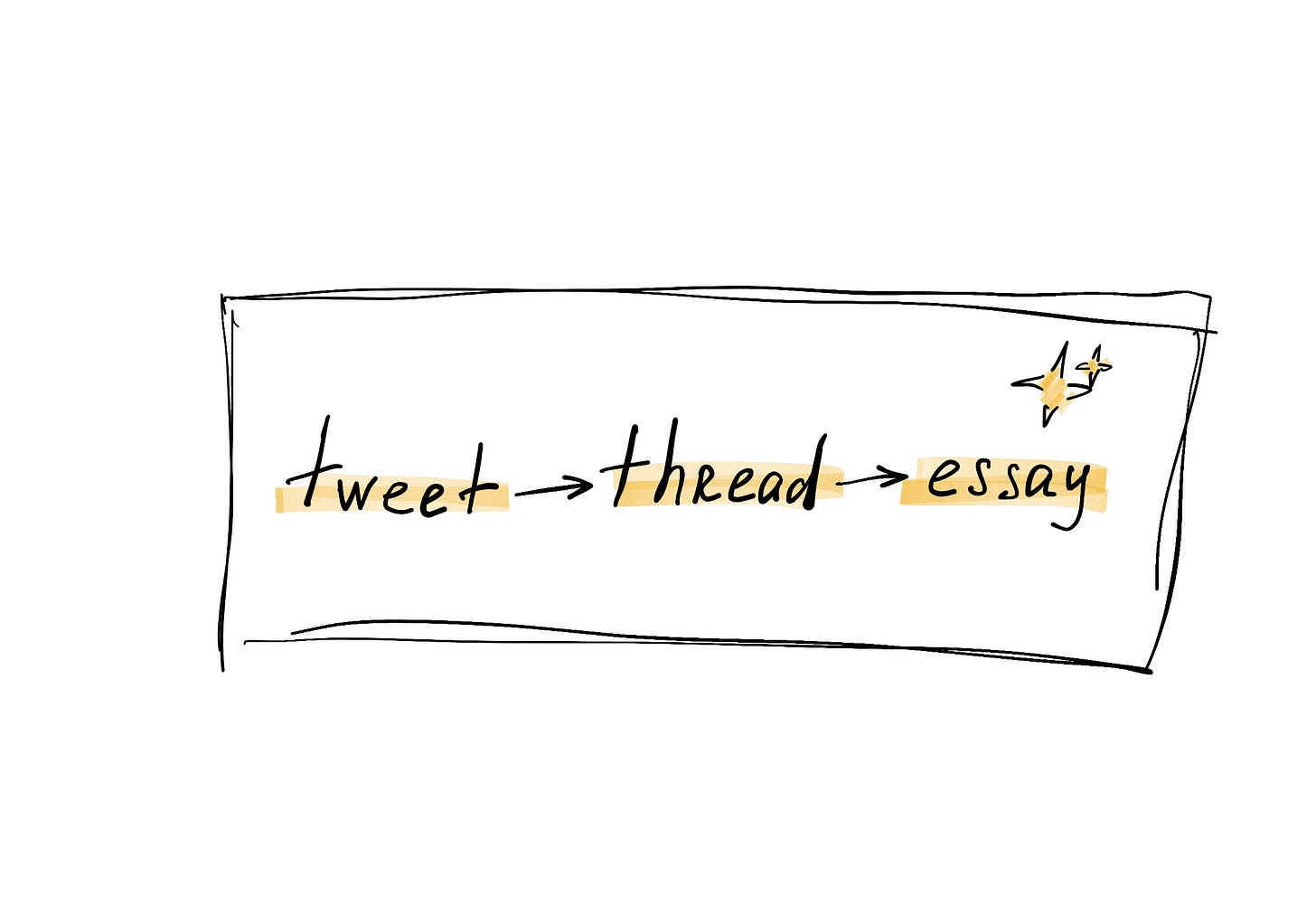The Importance of Documenting Ideas and Projects
Struggling with team miscommunication and inefficiency? Discover how writing simple task descriptions can streamline your workflow, reduce confusion, and boost team alignment. Start small, iterate, an
It’s quite typical when joining a new team or company as a design lead to start structuring design processes, and when it comes to implementing requirements for creating tasks with a description in Jira, you often face significant resistance.
So, why is making a task description and project requirements necessary for the designers, and how can that save time for the whole team?
Why it’s important to sit and write
Unlike reactive, nonlinear, and chaotic thinking, writing is a linear, focused process. In writing, we test the functioning of our brain because we try to fold chaotic thoughts in structured text. We question ourselves, face doubts, and catch new ideas. That would not have happened if an idea was stuck in your head.
Why writing increases efficiency
Do you remember the game “Telephone” or “Chinese Whisper”? This was a popular children’s game in which messages were whispered from person to person, then the original and final messages were compared. This game shows how information can change when it has been told and now written. Moreover, we remember only 50% of the information after 10 minutes was heard in the presentation or elsewhere.
If we do not write down tasks, ideas, and projects and say them out loud, we will face misunderstandings or misinformation in a team. Every teammate will have their own understanding of the task or the project.
It’s counter-instinctive, yet spending time on the writing of docs or a task description saves one’s time, increases efficiency, and avoids misunderstandings.
Why quality is the biggest enemy
The document and project description are not static; they are updating and constantly changing commenting. The sooner you publish it, the faster you get feedback and align the team. Counting too much on quality is a first sign of procrastination.
Why quality is the biggest enemy
A description of the project or idea is not a static document. The quicker it is published, the sooner feedback can be received and the team aligned. Over-investing in perfecting the description is much too often a sign of procrastination.
Since the description will evolve, it’s best to start with a simple outline rather than getting bogged down by details at the start. Over time, the context will build. I like the tweet → thread → essay framework, which suggests starting with a brief summary, collaborating, and then progressively developing it into an entire essay.
Main takeaways from this article ✨
Writing transforms chaotic thoughts into structured ideas, helping to clarify thinking and uncover insights that may not emerge otherwise.
Documenting ideas and tasks reduces misunderstandings and miscommunication, making teamwork more efficient, especially in remote and asynchronous work environments.
Focusing too much on creating perfect descriptions at the outset can delay progress; it’s better to start with a simple outline and refine it over time.
Start with a brief overview of an idea and gradually develop it through collaboration, evolving into a more detailed document.
Tweet → Thread → Essay





